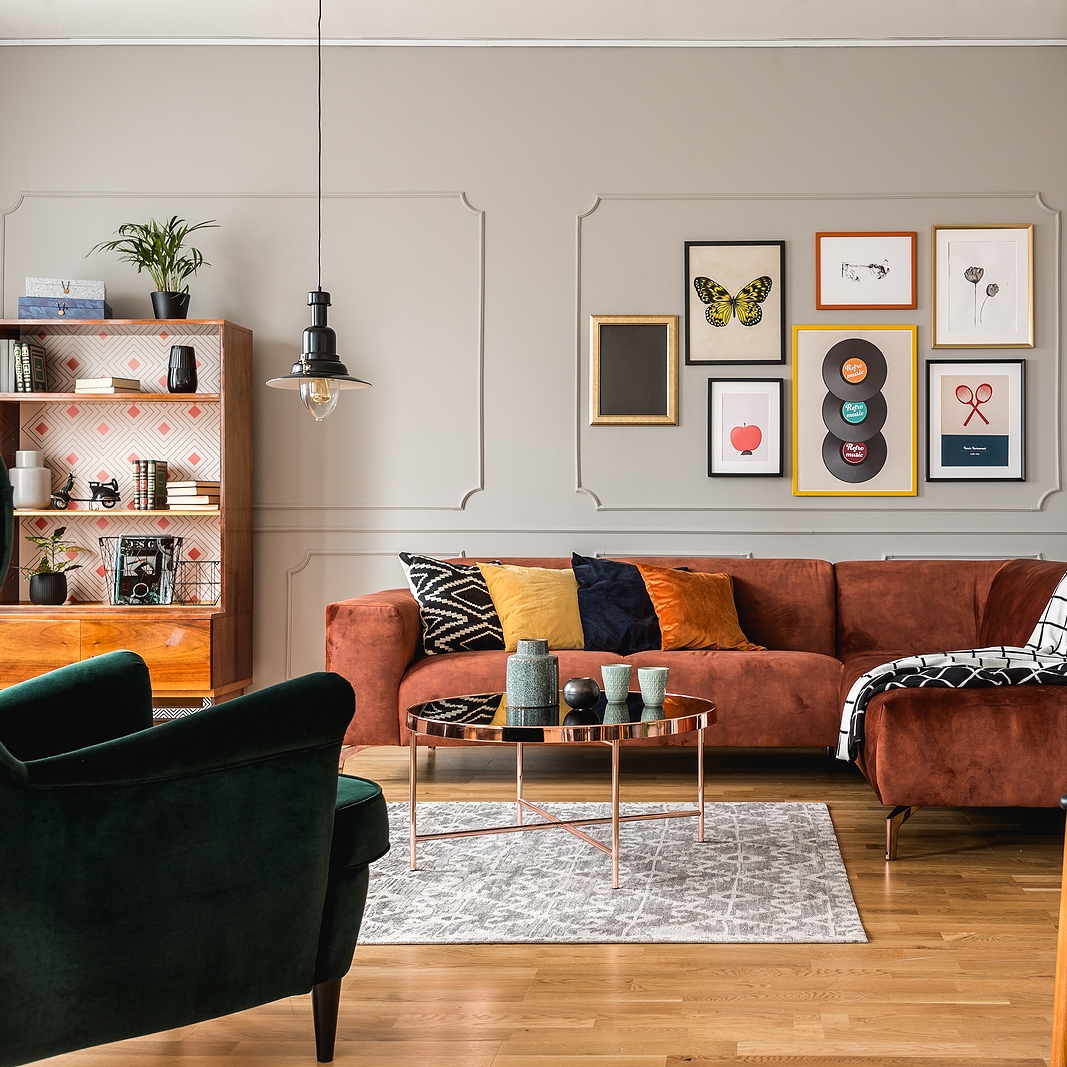When it comes to rental properties, most landlords focus on maximizing functions and minimizing costs. However, there’s a growing trend that suggests that adding artistic elements to rental spaces can significantly enhance appeal. But is integrating art into your rental property truly worth it? Let’s explore the potential benefits and considerations to help you decide if this is a worthwhile investment.
The Power of First Impressions
First impressions can make or break a renter’s decision to sign a lease. When prospective tenants walk into a rental unit, the immediate atmosphere can evoke a sense of connection or indifference. By integrating well-placed art, landlords can create an inviting and memorable experience for tenants.
Neutral paint colors and minimalistic decor are standard in rental properties, but adding a few pieces of strategically chosen art can bring personality to the space. Whether it’s a colorful abstract painting in the living room or a serene landscape in the bedroom, artwork adds visual interest, creating a more attractive space that stands out from the competition.
This small addition can lead to quicker lease signings and reduced vacancy periods, making the investment in art well worth it for landlords.
Appeal to a Broader Market
Integrating art doesn’t just enhance aesthetics, it also broadens the potential tenant pool. Art has a universal appeal that transcends demographic boundaries, making your rental property attractive to a diverse audience.
For example, a younger professional might appreciate modern, vibrant pieces, while an older tenant may prefer more classical or muted styles. Regardless of the tenant’s preferences, a thoughtfully curated selection of art can make your property feel like a more personal and welcoming space.
Tenant Retention and Satisfaction
A thoughtfully designed space, complete with artistic touches, can foster tenant satisfaction. Pleased tenants are more likely to take care of the property, pay rent on time, and stay longer. Satisfied tenants may even be inclined to renew their lease, reducing the hassles and costs associated with tenant turnover.
Art can also contribute to a tenant’s sense of pride in their living environment. When tenants feel that their landlord cares about creating a pleasant and visually appealing space, they are more likely to reciprocate by maintaining the property in good condition.
In combination with other tenant-friendly practices, such as conducting the best tenant background check and providing prompt maintenance services, the addition of art can help create an environment where tenants feel valued and respected.
Enhancing Perceived Value
In competitive rental markets, property owners need to find ways to set their units apart. Adding art can enhance the perceived value of the property without major renovations or costly upgrades. The presence of art can suggest that the property is well-maintained and that the landlord cares about the tenant’s living environment.
When tenants see a property that feels thoughtfully designed, they are more likely to view it as a higher-end option. This can result in attracting tenants who value and respect the property, which could, in turn, lead to longer-term renters and fewer tenant turnovers.
A well-decorated space also helps during property showings. Real estate agents often emphasize how aesthetics can play a major role in selling or renting a property. By investing in art, you give prospective tenants something they can emotionally connect with, increasing the likelihood of a successful lease agreement.
Balancing Costs and Benefits
While art can enhance a rental property, it’s important to weigh the costs before making an investment. Original art pieces can be expensive, but landlords don’t need to break the bank to achieve a stylish effect. Affordable prints, framed photography, or even local artist pieces can work just as well without putting a strain on the budget.
Landlords should also be strategic about placement. It’s wise to avoid placing art in areas that are prone to damage, such as near entrances or in high-traffic areas. Consider using more durable materials for framing or hanging art behind protective glass to minimize potential wear and tear.
Another option to consider is working with local artists on a consignment basis, where the artist lends their work in exchange for exposure, offering you an artful touch without upfront costs. These can also serve as a unique selling point if tenants know they’re living in a space that collaborates with the local art community.
Final Thoughts: Is It Worth It?
Integrating art into your rental property is about more than just adding visual appeal. It’s a strategic move that can elevate your property’s value, attract a broader pool of tenants, and enhance tenant satisfaction. While it does require an upfront investment, the benefits such as higher rental income, reduced vacancies, and improved tenant retention make it a worthwhile consideration for many landlords.
As long as you’re mindful of your choices, balancing art with practicality, and targeting your efforts to fit within your budget, adding artistic elements can be a simple yet effective way to make your rental property stand out in a crowded market.
